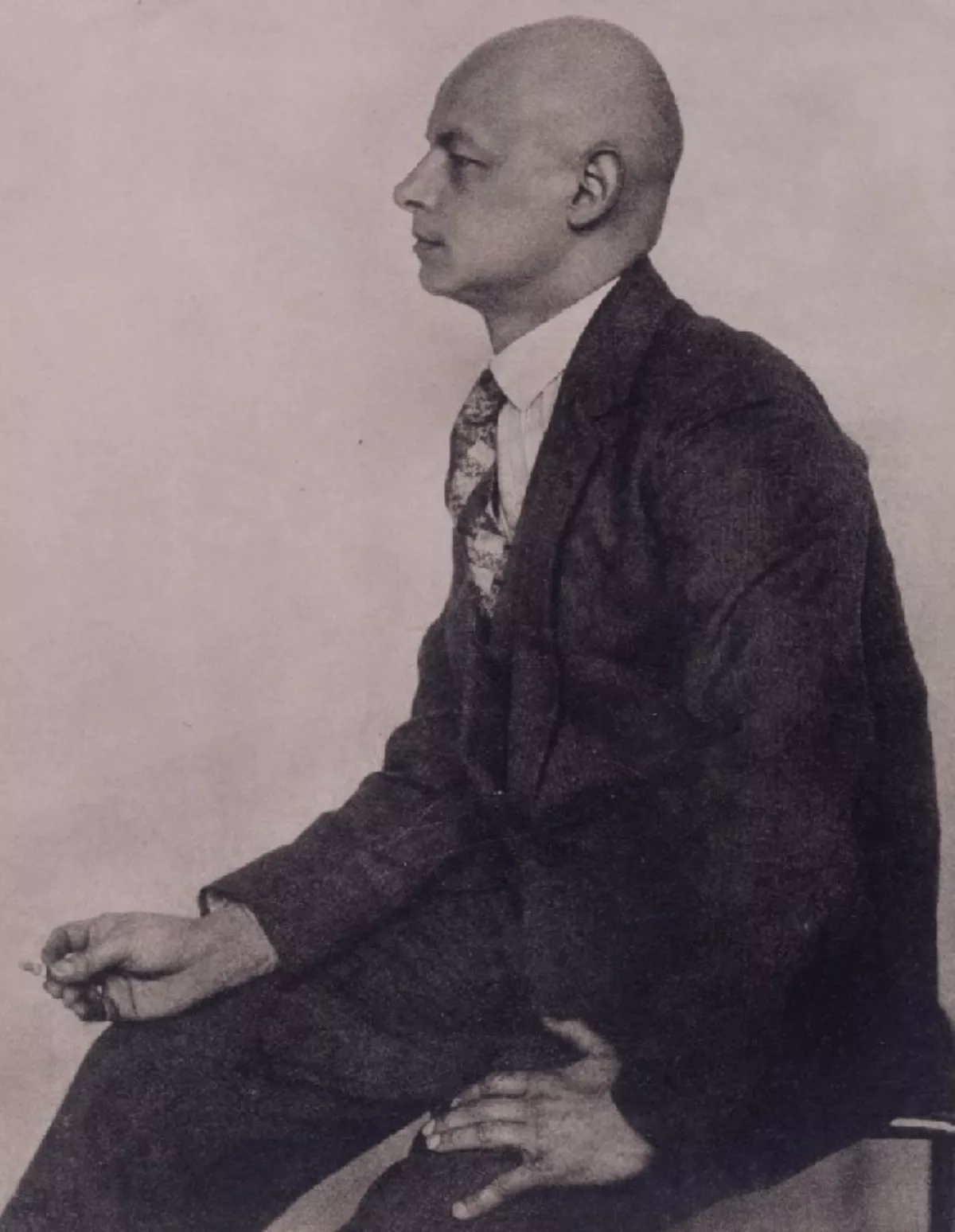 1.
1. Oskar Schlemmer studied at the Kunstgewerbeschule in Stuttgart and won a scholarship to attend the Akademie der Bildenden Kunste, where he studied under the tutelage of landscape painters Christian Landenberger and Friedrich von Keller starting in 1906.